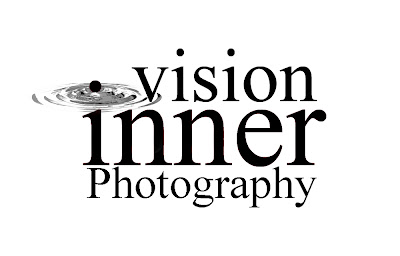 |
| I was asked recently where photographers stand with regards to taking photographs in public and at events like parties, concerts, festivals and carnivals. |
I was asked on Facebook recently where photographers stand with regards to taking photographs in public and at events like parties, concerts, festivals and carnivals, and whether or not you need a Model Release.
Basically, you do not need a release form if you are not selling the photos. If it is a public event, you do not need permission to photograph there either, unless it is a private event and unsolicited photography is specifically prohibited by the event organisers under privacy and private property laws. You can post photos for sale editorially without permission, and to your social media, but not for sale commercially.
One could argue that if someone is willing to pose for a photo they are giving their "implied consent" but I would ask them if they were ok with it, just to be polite. A model release gives you permission from the model for you to make commercial gain from the photos and also releases you from any legal implications like royalties, privacy and copyrights (of the model); they basically sign the intellectual property rights over to you and agree not to sue you later for it. You do not need a release for everyone at a public event, that would be ridiculous, unless everyone has agreed and has arranged to be there as a model in advance. If you went around everyone at the party asking them to sign a release form giving you permission to sell photos of them forever, they would probably tell you to bog off. However, if you want to sell the photos commercially, you WILL need a signed Model Release form for EVERYONE in the photos that you want to sell !
You can take photos of a carnival for example, and post the photos on social media and you don't need anyone's consent because it is in public. The same way you can take a photo of a busy street with people in and share the photos and you do not need permission from everyone in the photo. What you cannot do is sell the photos for financial gain and without permission unless it is for editorial (newsworthy/educational) purposes. The same is true for any trademarks or logos in the photo, shops and storefront names, cars and registration plates. Note: Individuals can request not to be photographed under privacy laws and you would need to be aware and respectful of any requests of that nature.
You also need to be a bit careful about using the photos for advertising your business too. It is ok to say, "Here are some photos I took at... etc." But you would need permission before using them for product packaging or in a logo design. Since events like ComicCon and Carnivals are on public display, and are newsworthy, it would be ok to sell the images to newspapers or to upload them for editorial use, but not as stock photographs without a signed release.
This is by no means an extensive guide and you will need to read up on the actual laws regarding copyrights, privay and photography, but I hope this helps clear up some of the doubt and ambivalence photographers sometimes have around photographing events or anything in public.
Have fun and enjoy the event - and be respectful of others privacy - is my advice.
Matt Blythe




























